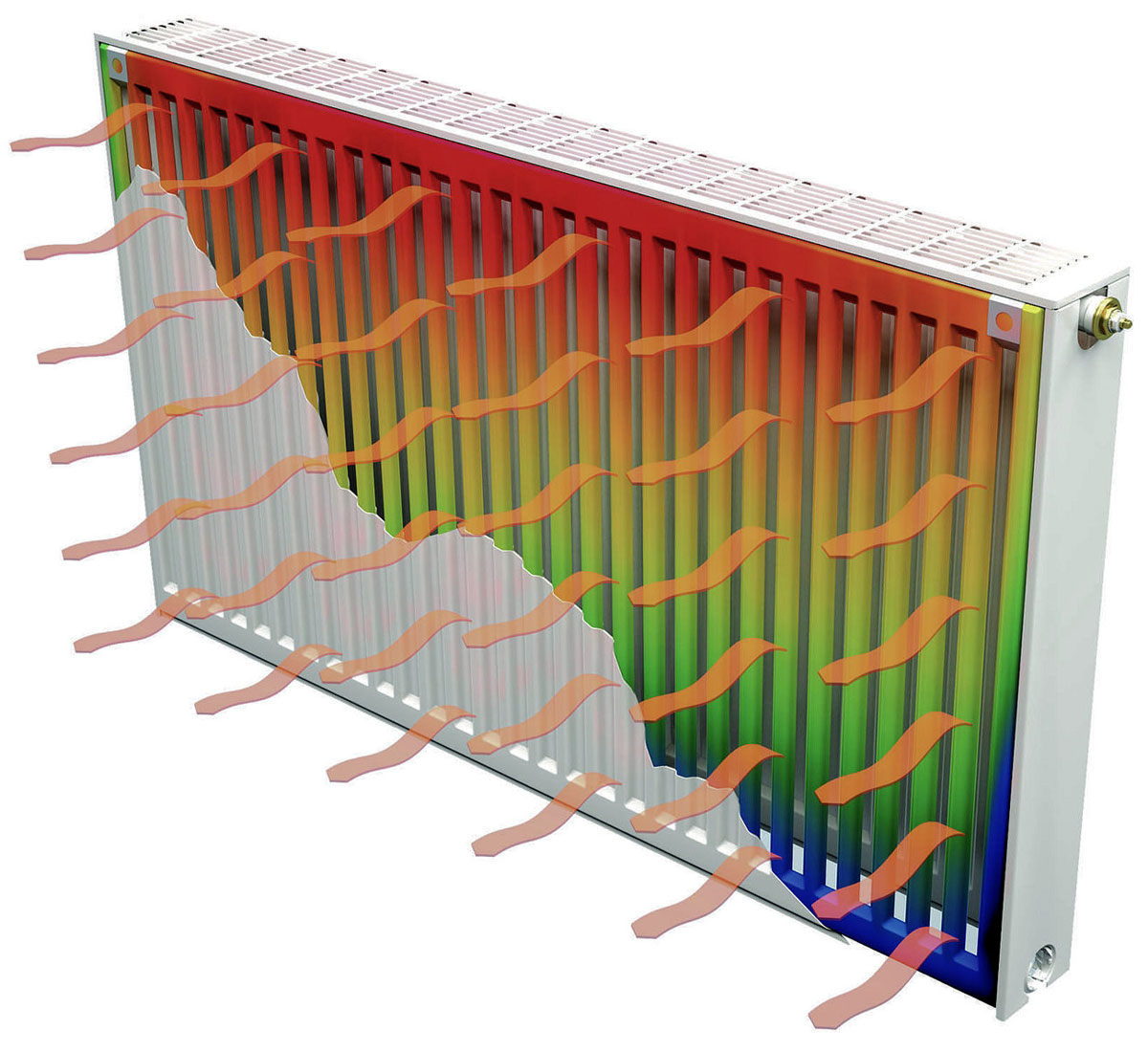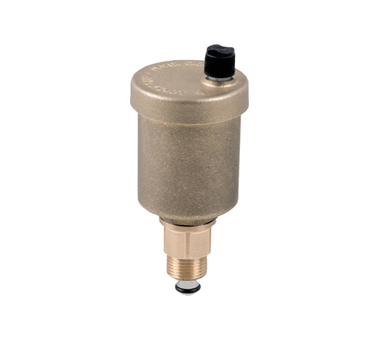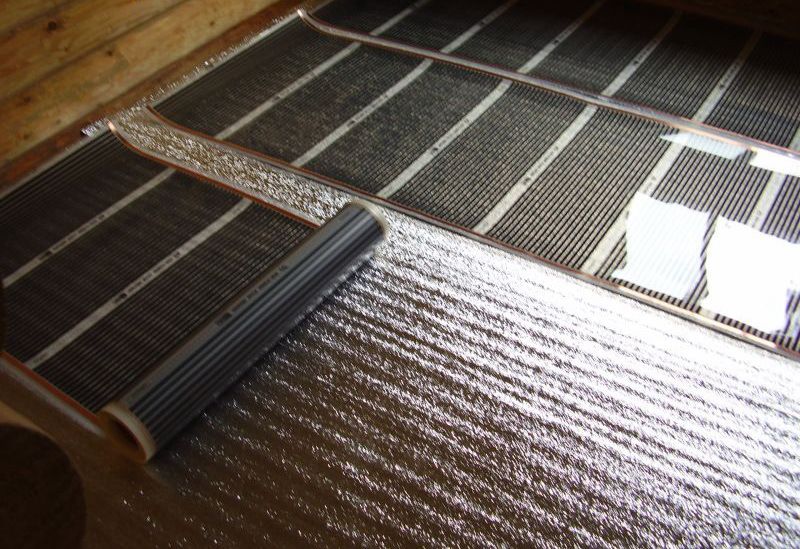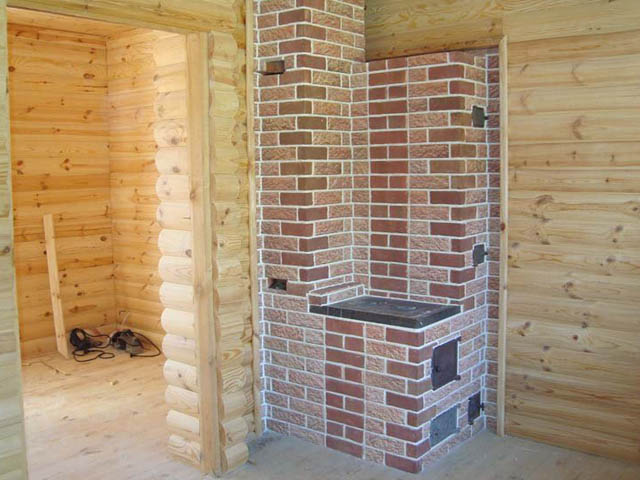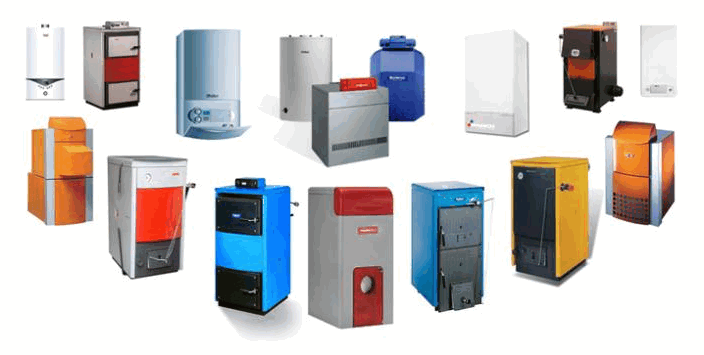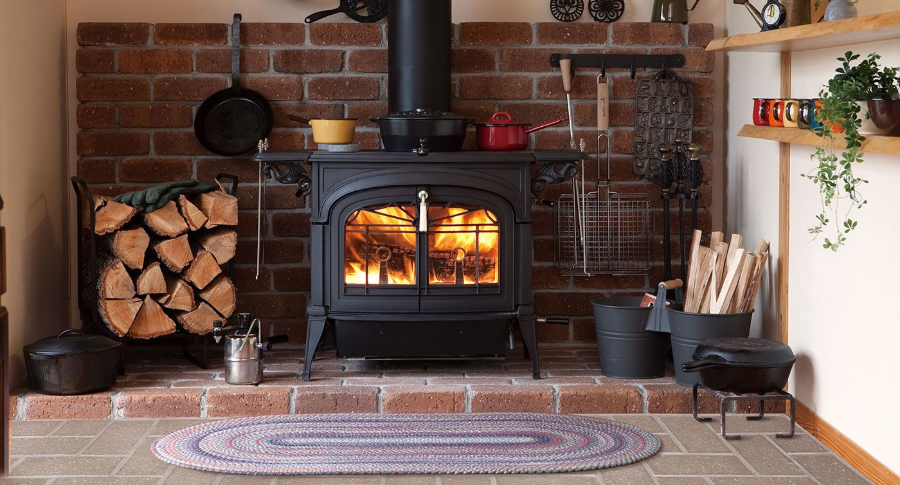Quartz vinyl tile is a durable floor covering made of 70% natural components - sand and shell rock. The binder for them is polyvinyl chloride. Thanks to this ingredient, the tile becomes flexible, durable, bio-resistant and waterproof. At the same time, PVC itself is chemically neutral and does not pose a threat to humans and the environment.
Combination of warm and vinyl floor

Quartz vinyl tile is a multi-layer material:
- The lowest layer is vinyl. Provides adhesion of the finishing material and the base.
- The reinforcing frame consists of fiberglass compressed at a high temperature.
- River sand and shell rock mixed with vinyl form a durable moisture resistant coating.
- The next layer is decorative. Outwardly, it imitates natural material.
- The protective face layer consists of a thin transparent polyurethane film. Its thickness determines the wear resistance of the finishing material.
How suitable PVC tiles are for underfloor heating, whether they are harmless when heated and whether they will lose their properties, worries those who choose quartz vinyl as a floor covering.
When choosing a quality material made in compliance with technology, the flooring will be safe. It can be used in living quarters, bedrooms, childcare and healthcare facilities. The advantage of such a coating is incombustibility and dielectric properties.
It should be borne in mind that quartz vinyl is included in the category of expensive finishing materials, so unscrupulous manufacturers can save on raw materials. The buyer should be alerted to the low cost of the material When used, harmful substances can enter the room during heating.
Which type is better to choose
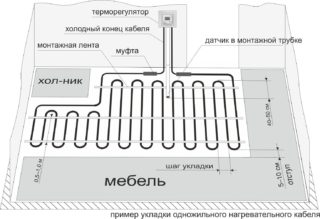
Quartz vinyl tiles can be laid in conjunction with any warm floors. But in this case, several conditions must be observed:
- quartz vinyl must be laid on a solid base;
- underfloor heating should not cause heating of the finishing coating over 40 degrees;
- the underfloor heating system is not placed under furniture without legs, since the heated air will have nowhere to go out.
If the tile is laid on the glue solution, the underfloor heating should be turned on no earlier than one day later, when the glue is completely dry. When using the dry method of installing tiles using an interlock, the underfloor heating system can be switched on the same day.
Water
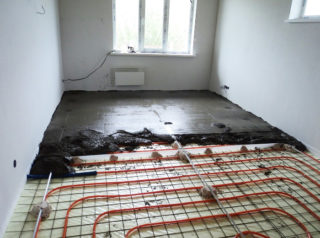
Quartz vinyl tiles are laid on a warm water floor mounted in a screed. This method provides a flat base for the finishing material, and also protects the pipes with the coolant from mechanical stress. The disadvantage of this method is the long drying of the screed and difficult repair of the system. Therefore, the installation must be carried out immediately correctly using quality materials.
The principle of operation of the water floor is to lay the contours according to the "snail" or "snake" scheme. Heated water circulates through the pipes and evenly gives off heat. So that all the heat energy goes upstairs, into the room, foil material is laid on a clean and even concrete base.
Electric
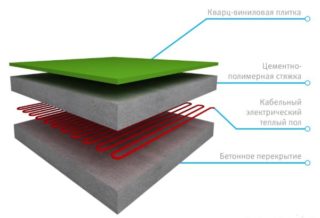
Electric underfloor heating is often installed in apartments, since it is problematic for them to obtain a permit for water heating. The heat carrier is electric cables filled with a screed. Monolithic concrete filling reliably protects cables from mechanical damage.
Laying is carried out on a pre-cleaned, repaired and level base. The cables are laid out on top of the insulating foil material, connected to the thermostat and the system is checked. Only after that the screed is poured.
The peculiarity of the installation is that the electric underfloor heating is laid only in open areas of the room. Where furniture is located, cables are not installed. The downside is obvious - in such a room it is impossible to rearrange the furniture without losing the efficiency of electric heating.
You can quickly install an infrared warm floor. It comes in the form of a film. It is laid out on a flat base and connected to the control unit. Tiles can be laid on top. In this case, the installation is carried out dry, using a lock connection.
Underfloor heating installation
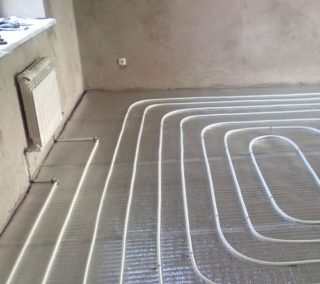
When installing the underfloor heating system under PVC floor tiles, pipes laid in a screed are used. The installation process is as follows:
- The concrete base is cleaned of debris; if necessary, local repairs are performed.
- The overlap is leveled with construction self-leveling mixtures.
- An insulating material is laid on the base with a foil layer facing up.
- A damper tape is fixed around the perimeter of the room.
- The pipes are laid according to the chosen scheme - "snail" or "snake". Special plastic hooks are used to fix the contours. Also, pipes can be laid on a reinforcing mesh, to which they are attached with plastic braids.
- The system is connected to a manifold, filled with water and checked for functionality.
- Pipes are poured with a coupler, after turning off the system. It will be possible to turn it on only after the solution has completely dried.
If pouring the screed is not possible, for example, on a wooden base, the pipes are laid dry. In the boardwalk, channels are cut out for pipes, and after their laying, a flat plywood base is mounted under the quartz-vinyl tiles.
Pros and cons of floor heating with quartz vinyl tiles
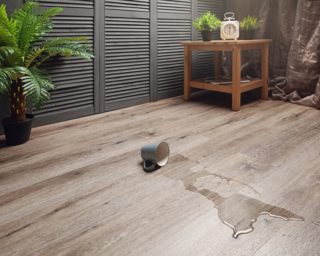
Quartz vinyl tile is a modern finishing material that has the following advantages:
- Layering. Each layer is made from environmentally friendly raw materials. When heating a warm floor, the finishing coating does not emit harmful substances into the environment.
- Moisture resistance. Such a floor covering is universal and can be used in rooms with high humidity. This is convenient, since electric underfloor heating is often installed in the bathroom.
- Wear resistance. If we compare the coating with a laminate, it corresponds to the 32nd class in terms of wear resistance.
- Practicality. The coating is easy to care for, does not absorb dirt and can be cleaned with simple detergents.
- Fire resistance. This material does not burn and does not support a flame, therefore it can be used in rooms with high fire safety requirements.
- High thermal conductivity. A system with such a coating will evenly heat the room.
- Soundproofing properties. The multilayer structure dampens shock waves and noise up to 19 dB.
- Maintainability. The individual element can be easily removed and replaced with a new one. You do not need to call the master for this. During the operation of the electric underfloor heating, it may be necessary to replace the cable section. The finishing coat is disassembled for the duration of the repair and reassembled upon completion.
The quartz vinyl coating is characterized by a long service life - at least 25 years.This largely depends on the absence of plasticizers in the composition of the tile. When heated, it does not deform, so it can fit close to protruding elements of the room and walls.
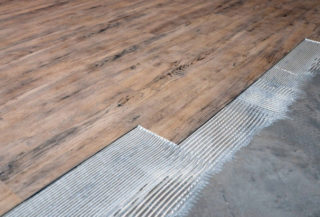
Like any other material, quartz vinyl has disadvantages:
- With the glue method of installation, it will be difficult to dismantle the tiles.
- The surface of the quartz vinyl laid on a concrete base is cool and uncomfortable to the touch. Therefore, a warm floor in such conditions will be more than appropriate.
- Gaps are formed between the tiles - this is the main difference from roll materials.
- It is important to carefully level the substrate before tiling. Otherwise, all its defects will be visible.
In tandem with the underfloor heating system, the arrangement of quartvinyl tiles will be justified if a room with a concrete ceiling is located above an unheated technical floor or subfloor. There is also a reason for additional insulation of the finishing coating laid on a screed on cold ground.

